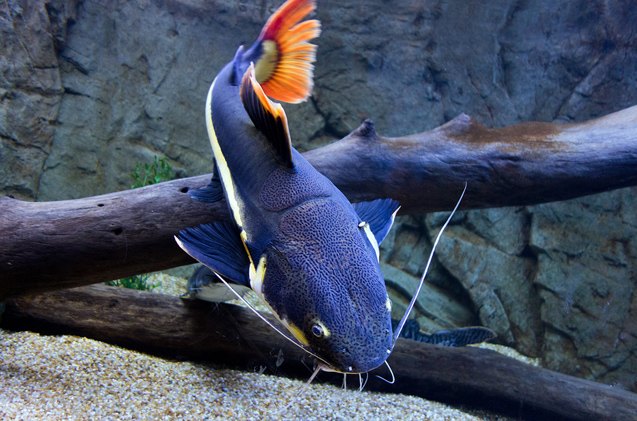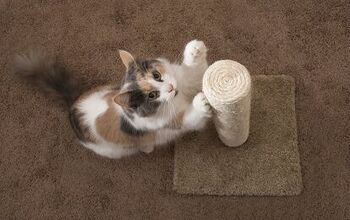Choosing the Right Substrate for Your Aquarium


As you start to think about the details for setting up a new aquarium, there are many decisions that you have to make. You’ll need to decide what species of fish to stock in your tank and what kind of equipment you’ll use to maintain water quality. Another important decision that shouldn’t be overlooked is choosing the right substrate for the type of tank you plan to cultivate.
Factors to Consider in Choosing Substrate
When it comes to choosing the perfect substrate for your aquarium, there are a number of different factors you need to consider. First of all, the substrate for a freshwater tank is much different than for a saltwater tank.
Related: Setting a Schedule for Routine Tank Maintenance
In a freshwater tank, substrate largely serves an aesthetic role, though it can also support plant life and provide space for beneficial bacteria to grow. In a marine tank, substrate often serves the additional purpose of helping to modify pH or other aspects of tank chemistry.
For a freshwater tank, you need to think about whether you intend to cultivate live plants as well as fish, and the type of fish you choose to stock in your tank is important to consider as well. For a marine tank, your substrate choice may be determined by tank inhabitants as well – reef inhabitants may have different requirements than other types of saltwater fish.
Related: 7 Common Types of Algae Found in Freshwater Aquariums
Overview of Substrate Options
There are many different types of aquarium substrate to choose from but, as you’ve already learned, some work better for certain types of aquariums than others. Here are some of the most popular options as well as tips for what type of tank they are best suited for:
- Gravel: One of the most popular substrates for freshwater tanks, gravel comes in a variety of different sizes and colors. It doesn’t have any impact on aquarium parameters, but uneaten food and other wastes can filter through the material so regular vacuuming of the gravel is a must.
- Sand: Largely recognized as one of the cleanest substrates, sand tends to compact which prevents food particles and other wastes from penetrating the surface. This type of substrate is a popular choice for freshwater tanks with a natural décor scheme.
- Aragonite: Also known as aragonite sand, this substrate consists of a calcium carbonate material that can slowly increase and buffer pH in saltwater tanks. It is commonly mixed with live sand or crushed corals and it is particularly useful in reef tanks.
- Crushed Coral: This substrate was popular before aragonite came around and it too helps to increase and stabilize pH. Crushed coral is most commonly used in marine and reef tanks but can also be useful in brackish tanks and for African cichlids.
- Aquasoil: One of the most popular substrates for planted freshwater aquariums, aquasoil is a substance designed to imitate the substrate found at the bottom of rivers and lakes. It is nutrient-rich and has the ability to soften the water and reduce pH.
- Flourite: This is a clay-based substrate often used in planted tanks due to its high iron content. It comes in a variety of different colors and is generally easy to find.
- Vermiculate: A mineral substrate made up of iron, magnesium, and aluminum, vermiculate offers a high cation exchange rate which is good for planted tanks. It also slowly releases nutrients into the water and it holds a neutral pH.
- Laterite: A porous clay material gathered from tropical and subtropical areas, laterite can help to store nutrients for use by live plants. It is popular for use as a lower layer of substrate in planted tanks.
Substrate is the literal foundation for your aquarium – the rest of your décor scheme will be built around it. Choose your substrate and then work from there to choose other aspects of your décor scheme including rockwork, driftwood, live plants, and more.

Kate Barrington is the loving owner of two cats (Bagel and Munchkin) and a noisy herd of guinea pigs. Having grown up with golden retrievers, Kate has a great deal of experience with dogs but labels herself a lover of all pets. Having received a Bachelor's degree in English, Kate has combined her love for pets and her passion for writing to create her own freelance writing business, specializing in the pet niche.
More by Kate Barrington























